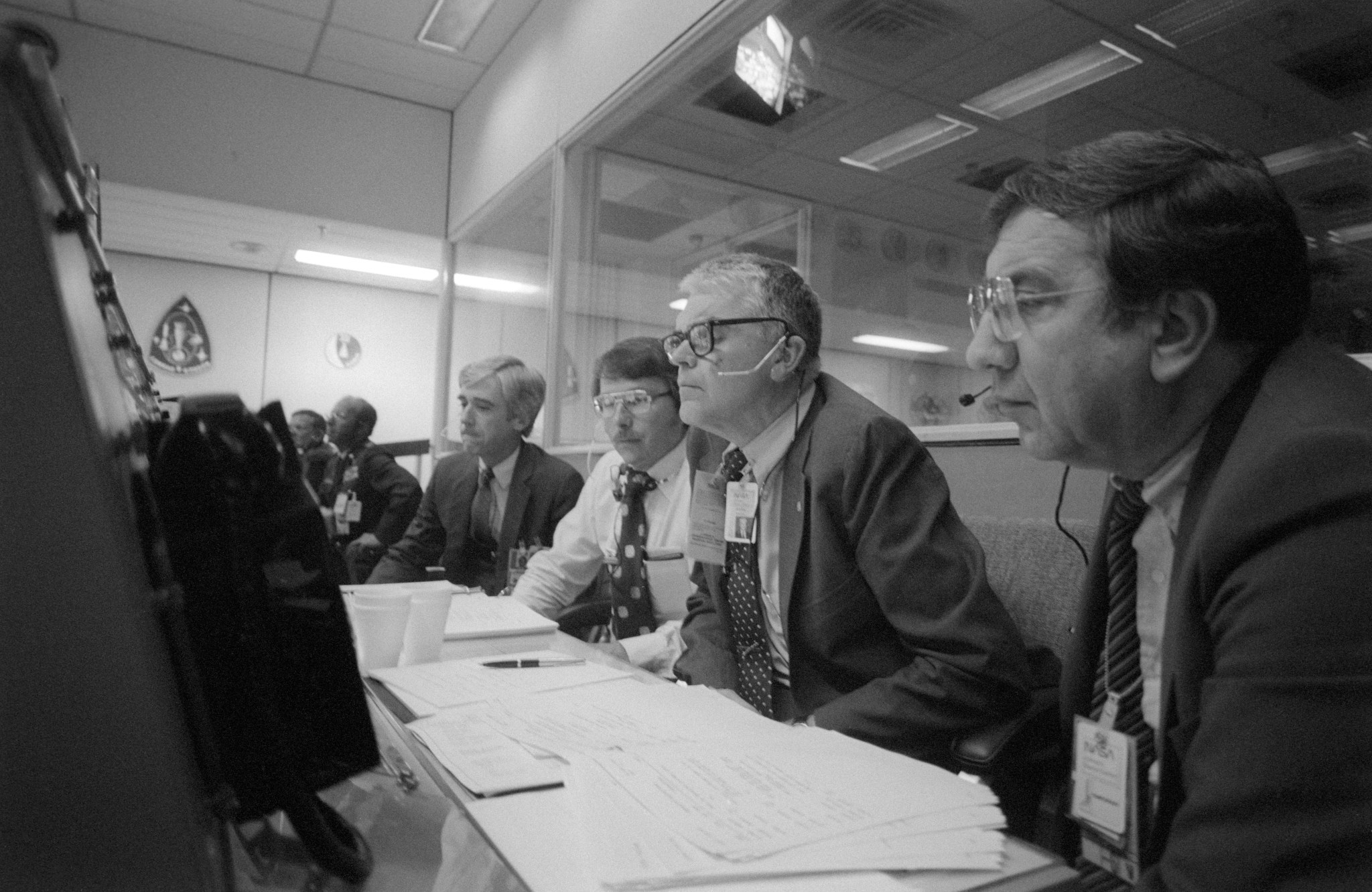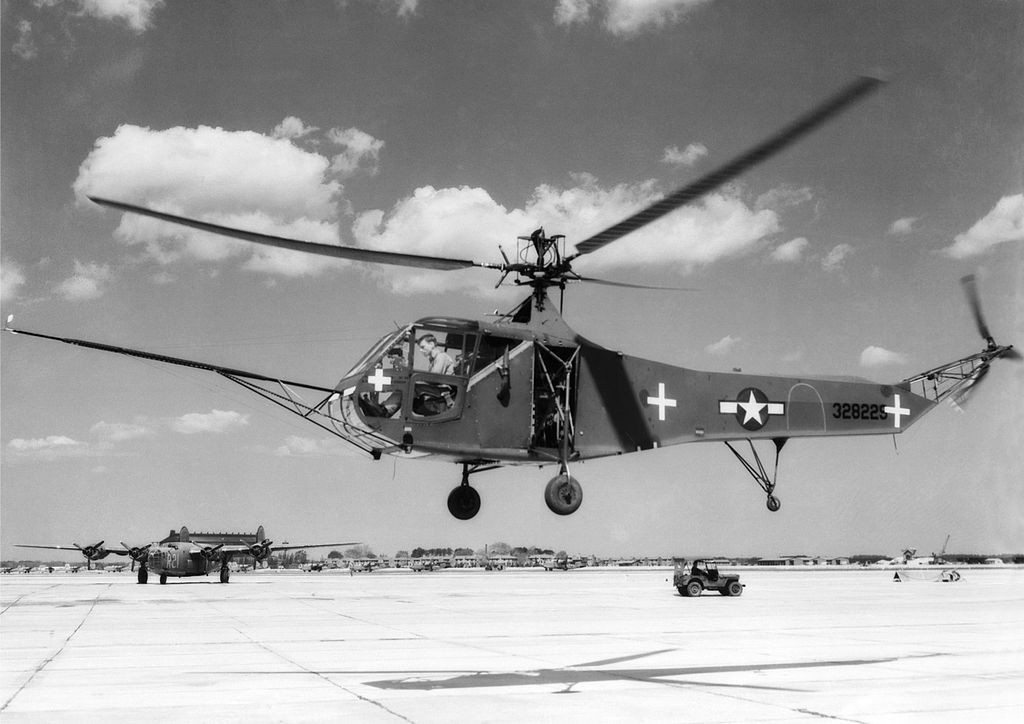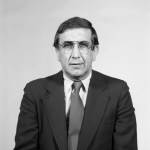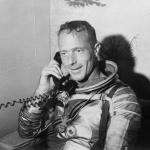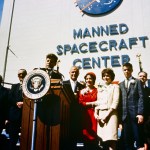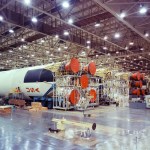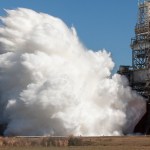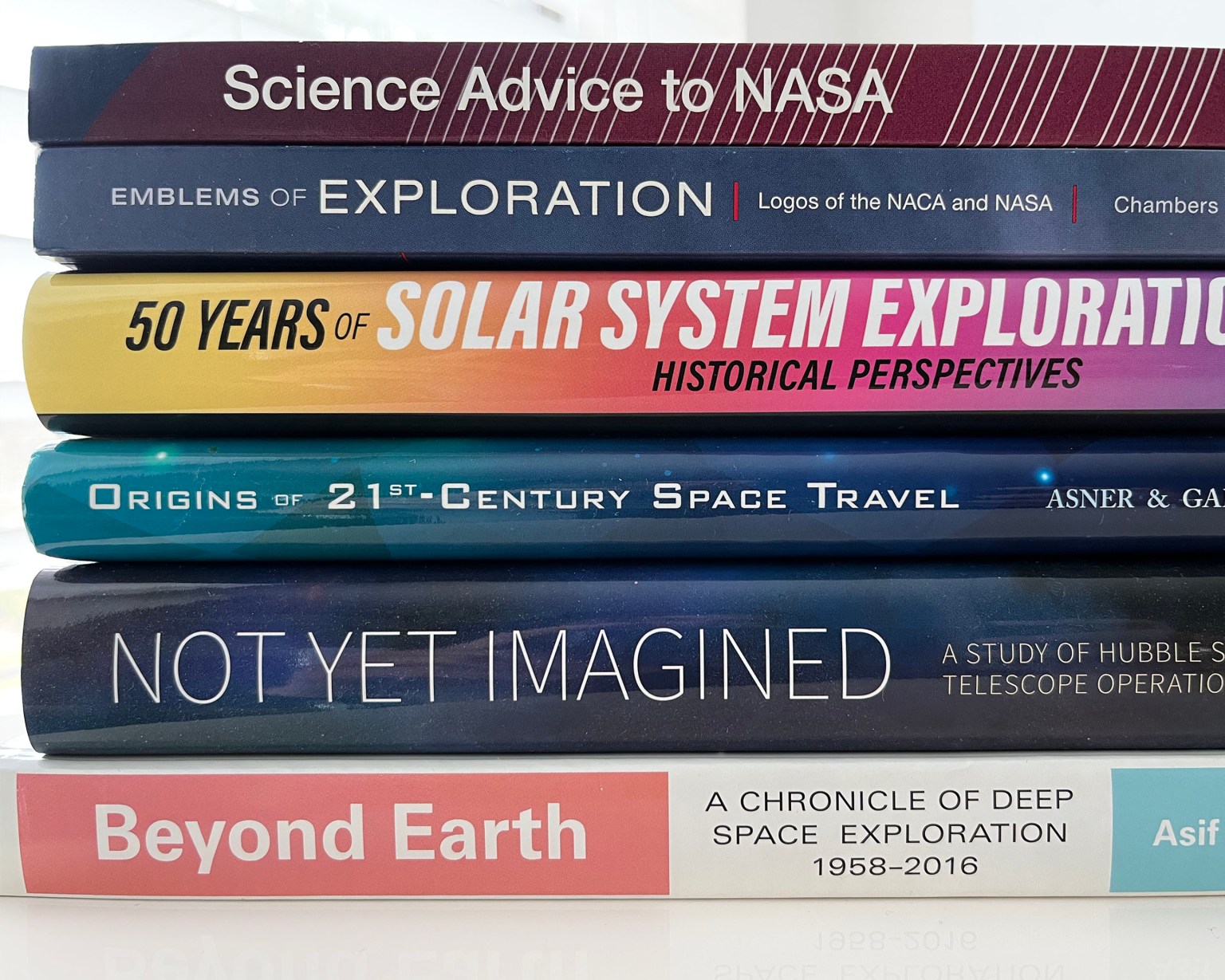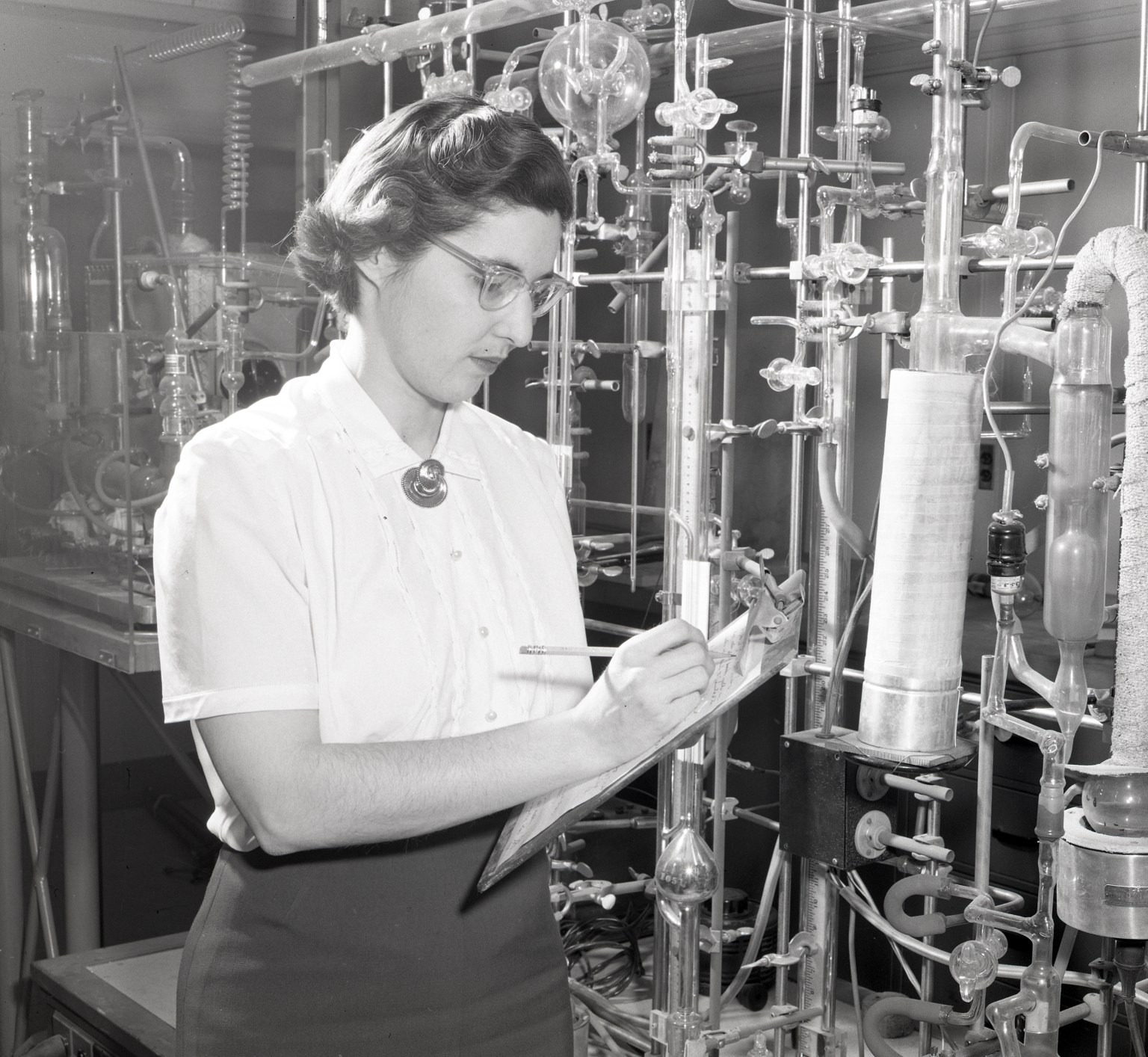Excerpt from an interview with Milton A. Silveira, by Sandra Johnson
San Jose, California
2 October 2005
Silveira: First, I was doing research. I was doing some studies on landing gears for aircraft. We also were looking at some of the design that ended up being the landing test track at Langley. All the data we would take would be done manually. We didn’t have electronic computers to take data then. We didn’t have electronics measuring. Everything was measured by using a ruler or some mechanical gages. I was at NACA for three months before I decided to go on active duty. After three and a half years with the Army, including flying as a pilot in Korea, I returned to NACA. At that point in the beginning of ’55, it was a time period when there weren’t any new engineers coming back to NACA. When I was interviewed, I was asked, “Where do you want to work?”
I said, “What’s available?”
He laid out the organization and said, “Anywhere you want to.” [Laughs] Because they just needed people in any organization that they had at that time.
I had flown helicopters in Korea, and I said, “Well, I think something needs to be done about helicopters, so have me go to work in the rotor research.” So, again, I was part of the Loads Division and worked on helicopters’ loads and vibrations, actually in the Flutter and Dynamics Branch.
Again, the capability that we had is not as it is now. We referred to a computer as being a girl with a Frieden calculator that would sit there and punch numbers and try to get a solution. We would have problems where we’d take a ten-by-ten matrix, and to get a solution you had to invert it, and it would take a girl about thirty days to be able to do something like that. Nowadays these kids will do a flow problem, and they’ll use a million points, or a little over a million points, and it takes like less than five minutes to get an answer to something like that. So a great deal has happened during our lifetime as far as capabilities. I have three out of four of my children are engineers, so I watch the things that they’re capable of doing nowadays, and it’s incredible the capabilities that are now there.
Silveira: Indeed, when you look back at the accomplishments of NACA, NACA was formed because of the lack of technical capability in aerodynamics during World War I. We never had an airplane design by the United States in World War I. We built airplanes, but they were British or French designs. The committee was formed primarily to get the knowledge so that we could design our own airplanes. In World War II, then we excelled in the design of aircraft. So it was money well spent. One of the things I’m most proud of, that I later was part of that organization. I really was.
Johnson: When you were in college, you said that you wanted to work for the NACA. How did you know about NACA and what was going on at Langley?
Silveira: I started collecting pictures of airplanes when I was four, and I first flew when I was fourteen. I got my pilot’s license on my sixteenth birthday. So I was always reading about airplanes and what was going on in the aviation world. In the literature, NACA was noted as being the people that did the research on aircraft. So if you wanted to be on top of it technically, be on the leading edge, then NACA, indeed, was the agency to do.
At the University of Vermont, the school only had a single one-semester course in aeronautics. The papers that I wrote in the course were basically on aircraft like the X-1 that NACA was working on at the time. I still am close to the university. I used to kid one of my professors that taught this aeronautics course. “Well, you know, based on that one course, I got to be Chief of Aeronautics at Johnson Space Center.” And it was probably true, because my interest was, and I spent my spare time reading about aeronautics.


























